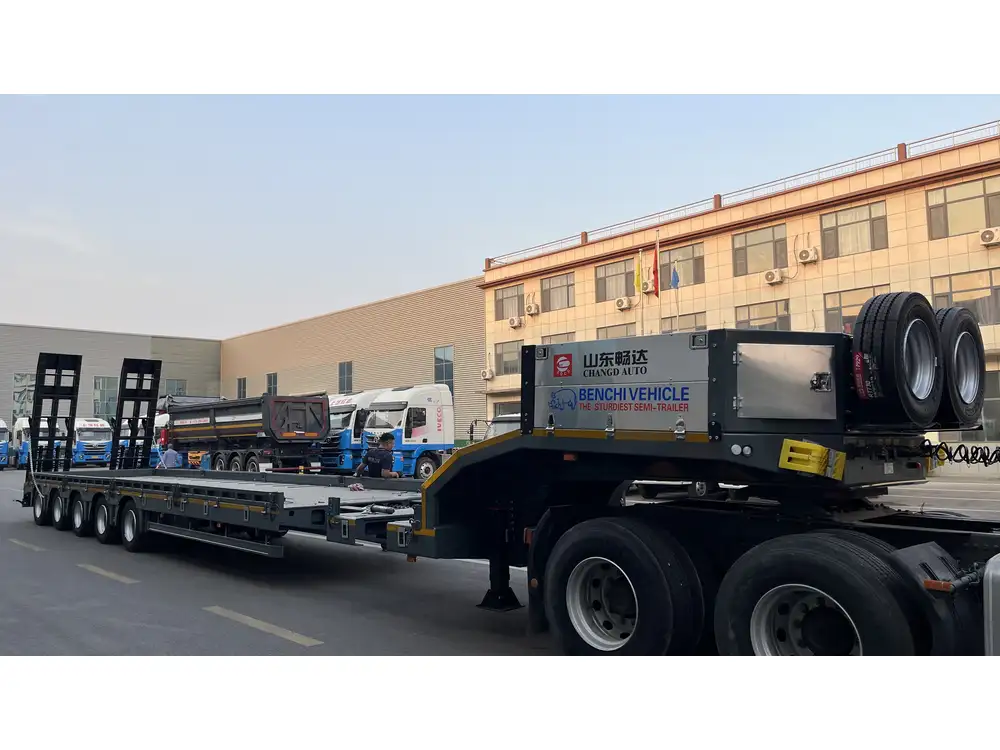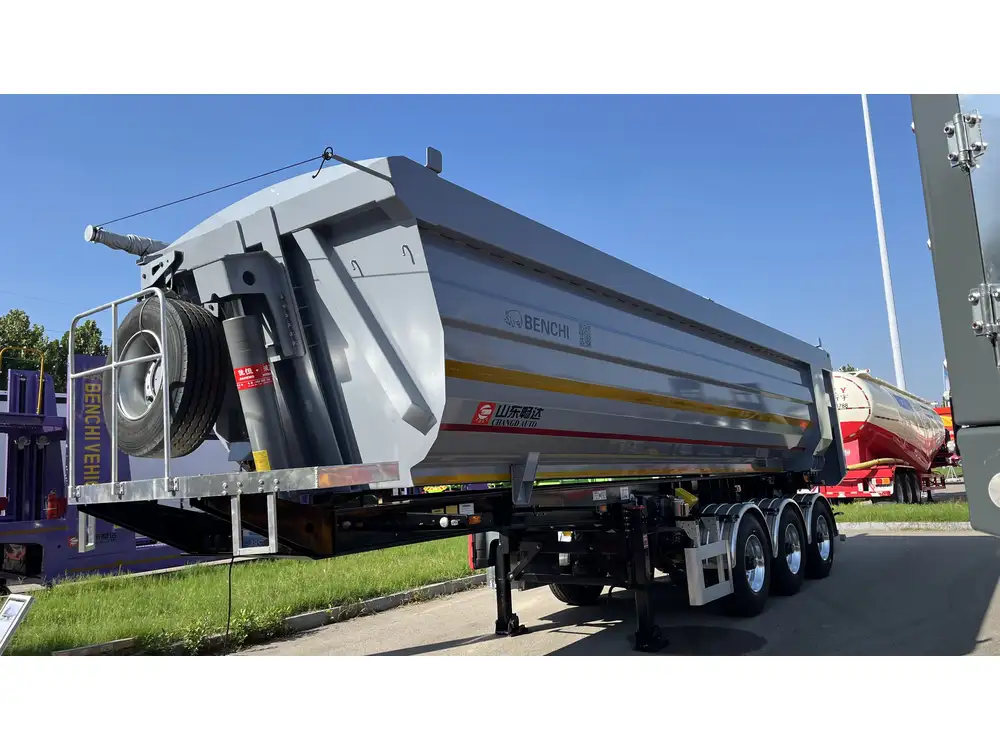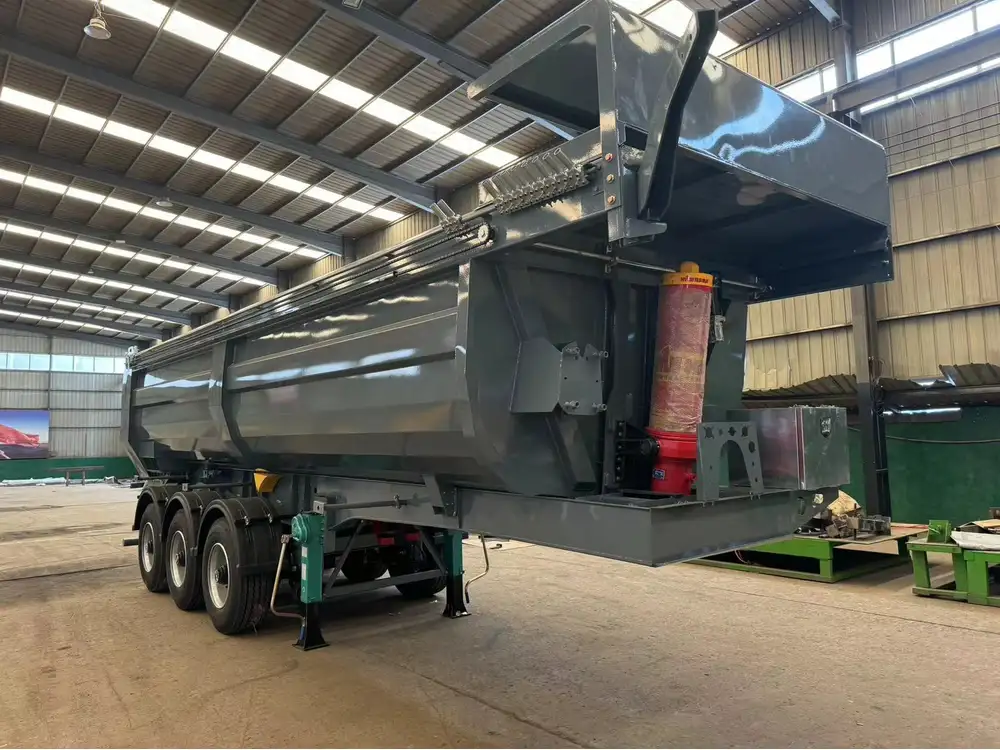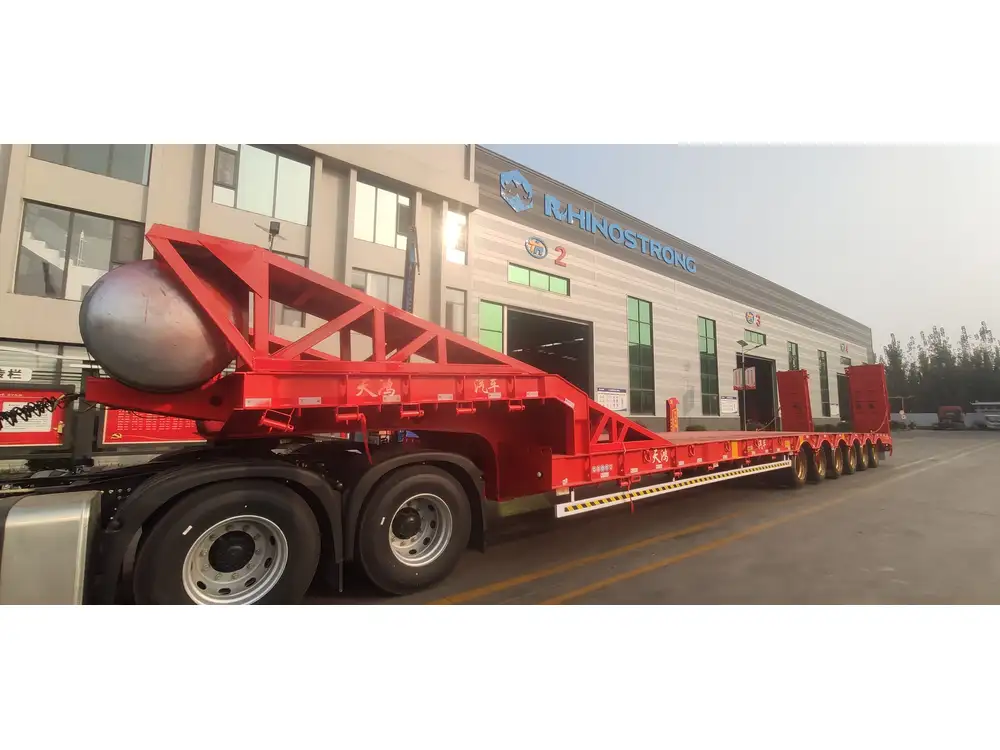When it comes to transporting vehicles, the question of how many cars can a freight trailer carry arises frequently. This query is pivotal for businesses engaged in logistics, car dealerships, and automotive transport services. As manufacturers of semi-trailers, it is essential to understand the capacity of various trailer types and configurations, including factors influencing their carrying capacity.
Understanding Freight Trailer Sizes and Configurations
Freight trailers are available in various sizes and configurations, each designed for specific transportation needs. Below, we break down common types of freight trailers used for transporting cars.
| Trailer Type | Typical Size (Length x Width x Height) | Typical Capacity | Common Applications |
|---|---|---|---|
| Standard Car Hauler | 48′ x 102″ x 13.5″ | 6-7 cars | General vehicle transport |
| Enclosed Car Hauler | 20′ to 53′ | 2-10 cars | Luxury or classic car transport |
| Maxi-Cube Trailer | 53′ x 102″ x 13.5″ | 10-12 cars | High-density vehicle transport |
| Lowboy Trailer | 25′ to 40′ | 2-5 cars | Heavy-duty vehicles and oversized loads |
| Flatbed Trailer | 40′ to 48′ | 3-8 cars | Quick loading/unloading, various vehicle types |
Standard Car Haulers
Standard car haulers are often the go-to choice for transporting multiple vehicles simultaneously. Generally, these trailers are designed to carry anywhere from six to seven standard-sized vehicles, such as sedans or compact cars. The symmetrical design allows for efficient loading and unloading, minimizing the risk of damage during transit.

Enclosed Car Haulers
For businesses transporting luxury or classic cars, enclosed car haulers provide a protective solution. While their capacity may range from two to ten cars, the varying configurations allow for secure storage, shielding vehicles from weather elements and potential damage. The drawback is that these trailers often require specialized loading equipment owing to their structure.
Maxi-Cube Trailers
Maxi-cube trailers represent a more flexible approach, especially for car dealerships transporting a larger stock of new vehicles. With a capacity ranging from ten to twelve cars, their design maximizes the available cubic space, thus ensuring efficient space utilization without compromising safety standards. Considering weight distribution across these trailers is vital, as exceeding the maximum load can lead to severe road safety hazards.
Lowboy Trailers
When it comes to transporting oversized or heavy-duty vehicles, lowboy trailers offer a viable option. Typically, these trailers accommodate two to five vehicles, depending on size and weight. Providing a lower center of gravity, they enhance stability, making them ideal for larger vehicles, such as trucks or specialized equipment.

Flatbed Trailers
Flatbed trailers are another versatile option, capable of transporting three to eight cars based on their configuration. The open design facilitates quick loading and unloading, a necessary feature for time-sensitive shipments. However, they do require additional security precautions to ensure that vehicles remain stable throughout transit.
Factors Influencing the Carrying Capacity of a Freight Trailer
Understanding how many cars a freight trailer can carry is far from straightforward. Several factors come into play, casting a spotlight on variables beyond mere dimensions:
1. Vehicle Size and Weight
The size and weight of the vehicles determine the overall capacity of the trailer. In the case of sedans, a standard car hauler may reach its limit of six to seven cars. Conversely, if transporting SUVs or trucks, the total count might drop to three or four.

2. Trailer Design and Structure
The specific design of the trailer can significantly impact how vehicles are arranged and secured. For instance, enclosed trailers need more space for secure loading, while flatbeds can accommodate vehicles positioned at varying angles.
3. Weight Regulations
Regulatory weight limits imposed by local, state, and national guidelines severely affect how many cars can be loaded onto a freight trailer. Exceeding these limits not only jeopardizes safety but may also result in fines and legal issues.
| Region | Maximum Load Limit (lbs) |
|---|---|
| Federal USA (interstate) | 80,000 |
| California (state) | 65,000 |
| Europe (EU regulations) | 44,000 |
4. Load Distribution
Even when adhering to size and weight regulations, the distribution of vehicles across the trailer must prioritize safety. Properly dispersing weight can reduce the risk of tipping or swaying on the road.

5. Accessibility and Loading Equipment
Specific configurations may require access to specialized loading equipment. For instance, certain enclosed trailers might necessitate ramps or lifts to ease the loading process, influencing how many cars can ultimately be transported at once.
Practical Applications of Understanding Trailer Capacity
Understanding how many cars a freight trailer can carry extends beyond theoretical knowledge. The implications have far-reaching effects in planning logistics, enhancing profitability, and ensuring safety.
Effective Load Planning
A thorough understanding of trailer capacities facilitates efficient load planning. By accurately assessing how many cars can be transported, logistics managers can optimize fuel usage, reduce transportation costs, and enhance overall operational efficiency.

Customer Satisfaction
Accurate load planning leads to timely deliveries. By ensuring that trailers are optimally loaded, customers receive their vehicles promptly, bolstering trust and satisfaction.
Compliance with Regulations
Familiarity with regulations regarding weight limits and load distributions is vital for any logistics operation. This knowledge minimizes potential run-ins with legal authorities, safeguarding the reputation of the transporting company and preserving customer relationships.
Risk Mitigation
Understanding the nuances of trailer capacities significantly lowers the risk of accidents. By prioritizing safe load distribution and compliance with regulations, transportation companies can avoid costly damages, fines, and legal implications.

Conclusion: The Key to Effective Vehicle Transport
Ultimately, the question of how many cars a freight trailer can carry ventures into complex territory. While average figures for standard and specialized trailers provide a foundation, various factors—including weight, design, and regulations—play paramount roles in determining real-world capacities.
Navigating this landscape requires foresight, expertise, and thorough understanding, which we as semi-trailer manufacturers are committed to providing. Equip your business with the knowledge and tools needed to optimize vehicle transport, ensuring both safety and efficiency in your logistics operations.
By keeping these insights in mind, businesses can not only improve their operational efficiency but also enhance customer satisfaction and reduce costs. Ultimately, embracing these nuances paves the way for success in the ever-evolving world of vehicle transport.



